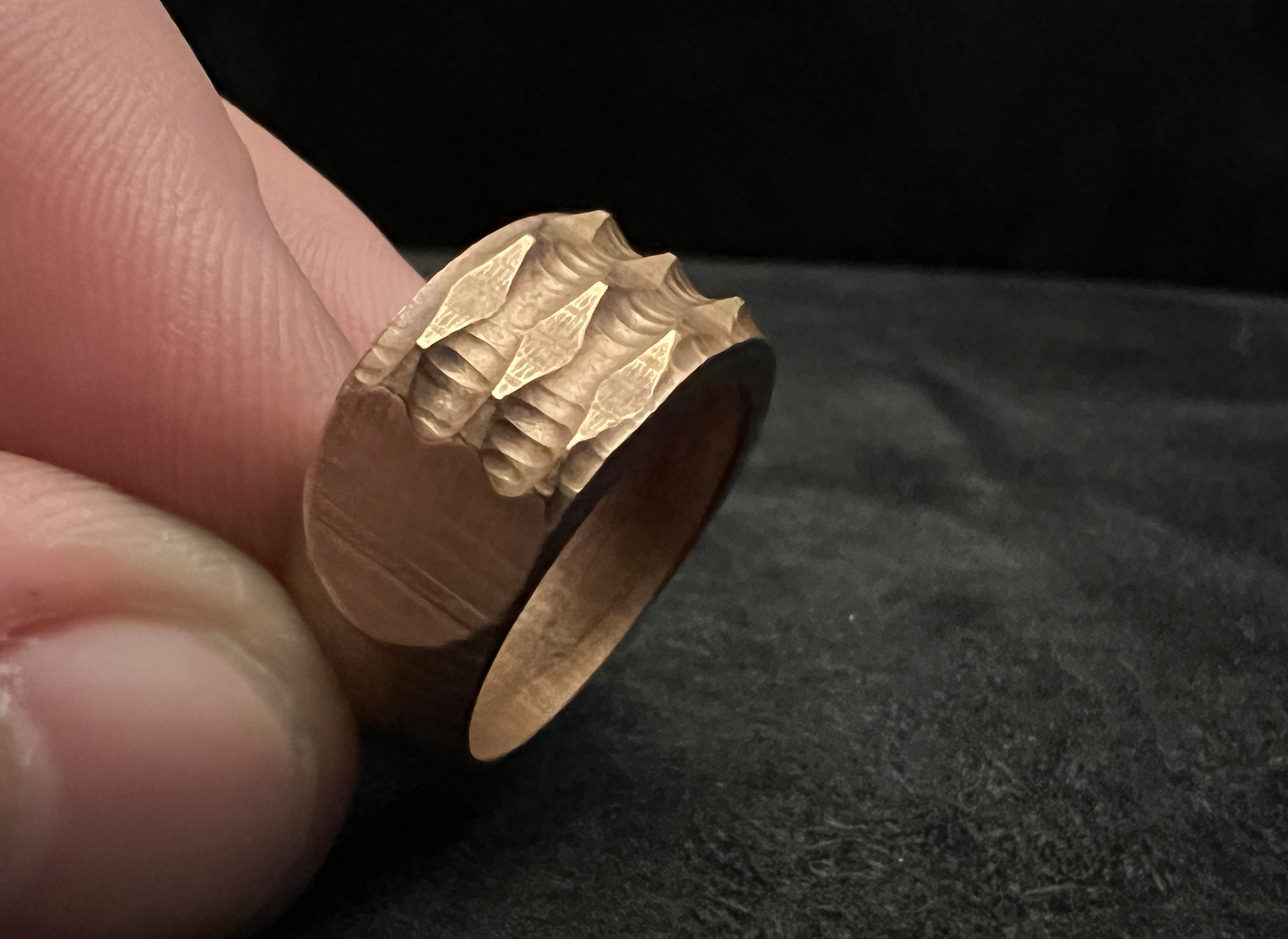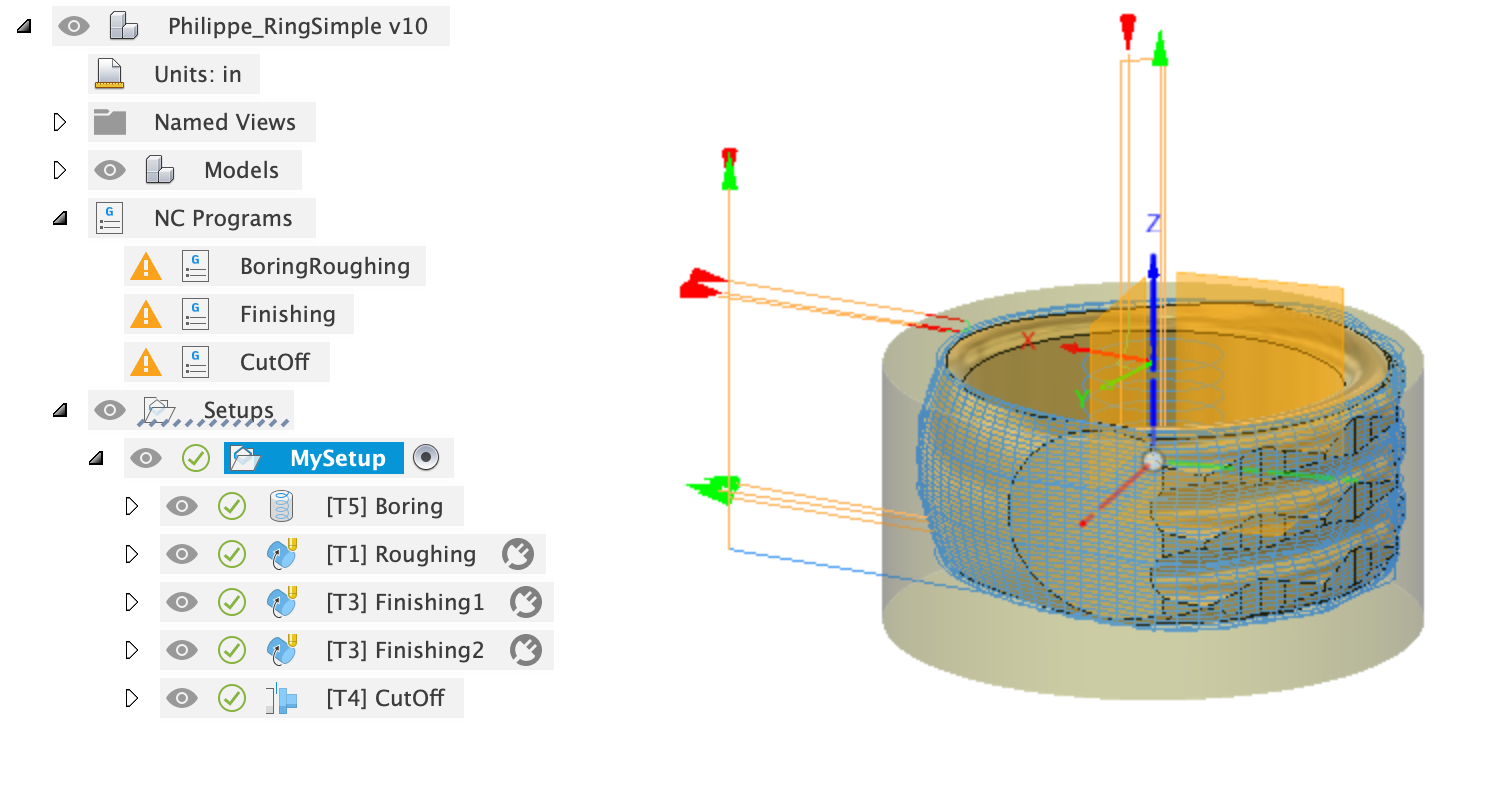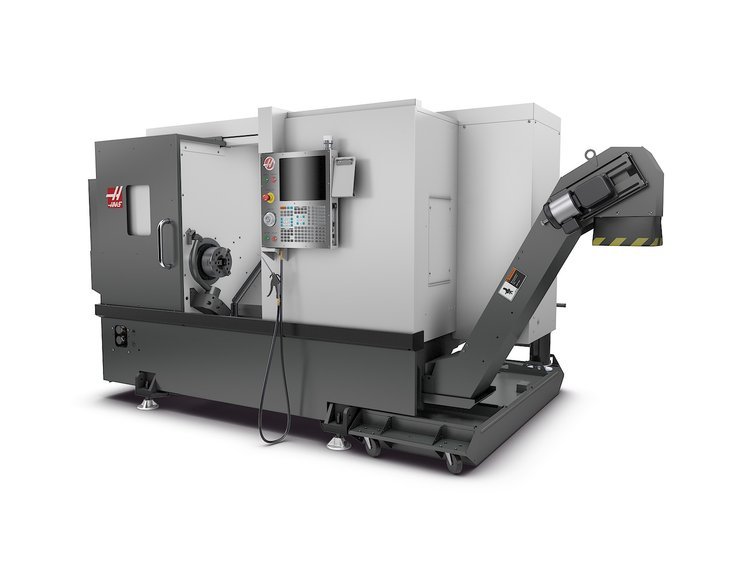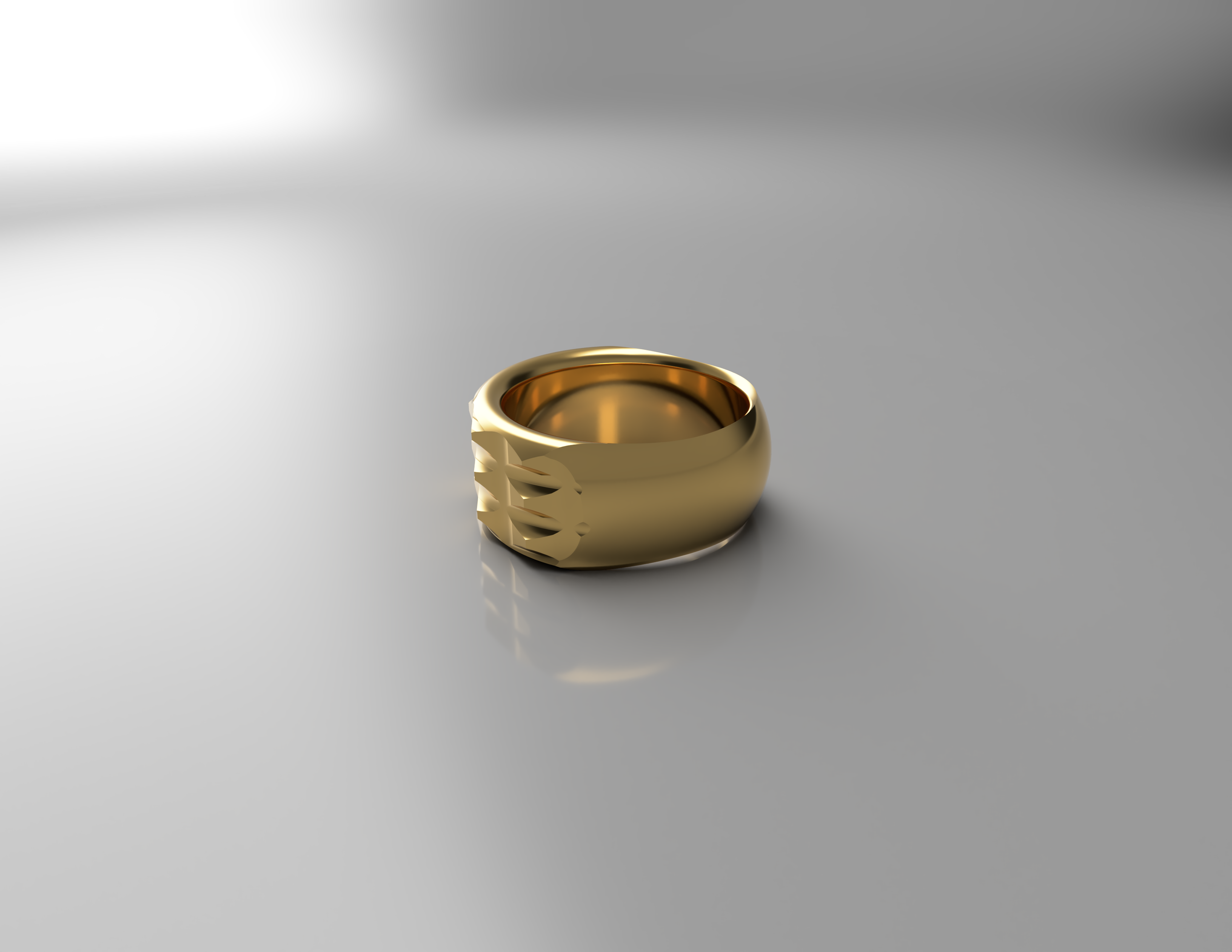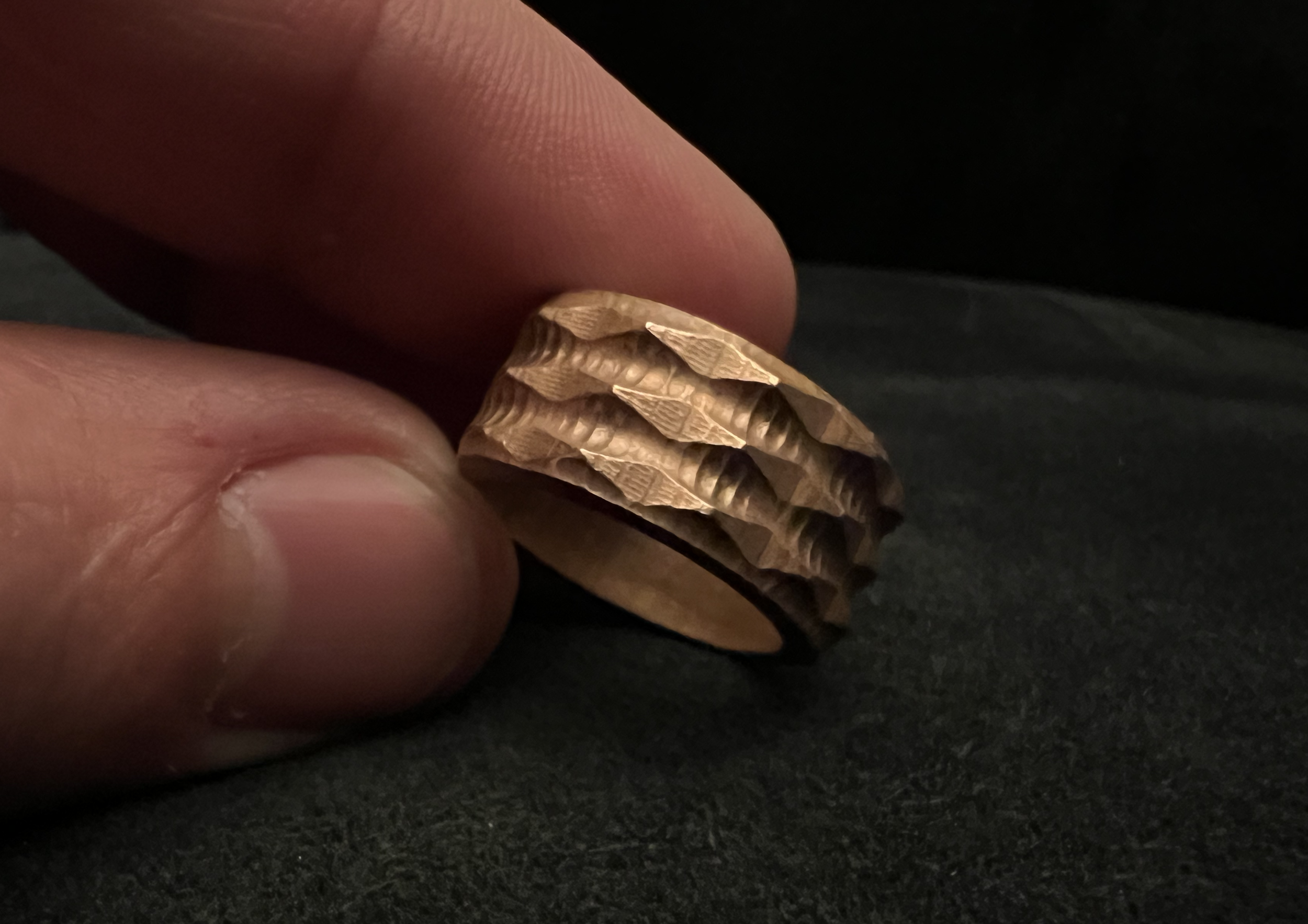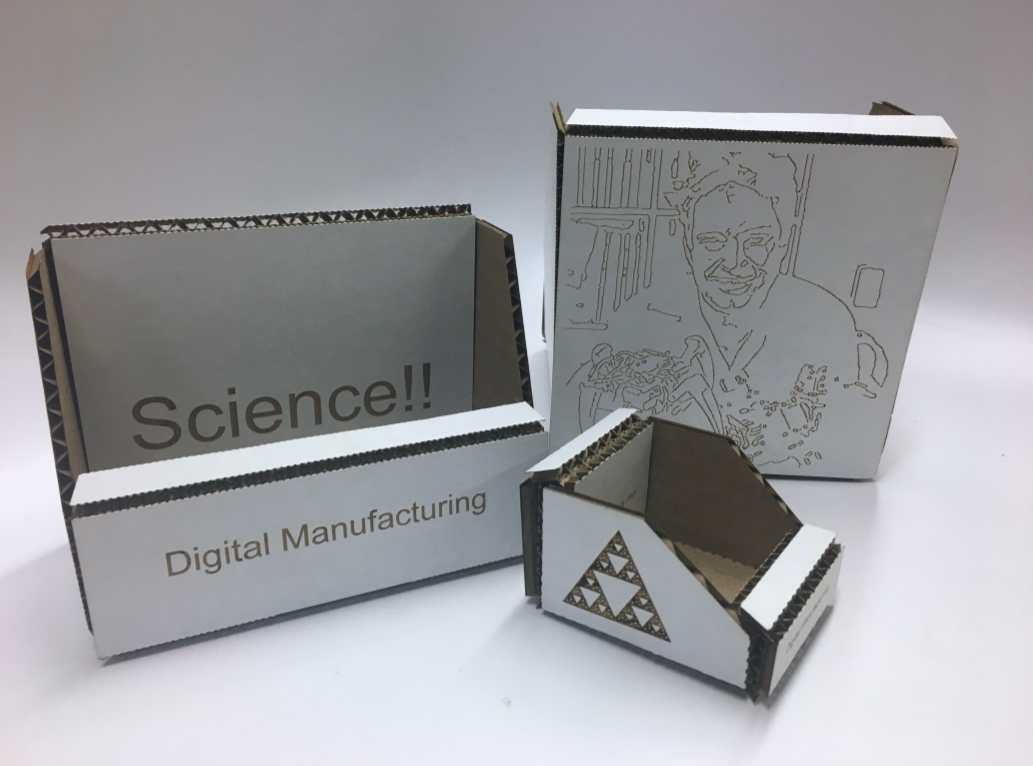Topology Optimized Desk Rendering
Topologically-Optimized Desk
In this toy optimization project, the design of both a chair and a desk start from a square box. I applied symmetry and shape constraints, as well as forces and loads to generate a weight optimized geometry without reducing functionality. This desk and chair are both 3D printable in Nylon and could stand normal use by a person weighing less than 250lbs.
This project provided a low-stakes opportunity to explore wide range of tools from nTopology Element, Altair Inspire, and Fusion360. The FEA was performed in Fusion360. The chair lattice structure was generated using nTopology’s Element software. The desk was further optimized and fitted with polynurb surfaces in Altair Inspire. Finally, in a further optimization step, I applied Inspire’s mixed lattice design abilities to shed additional weight while maintaining the desired rigidity.












